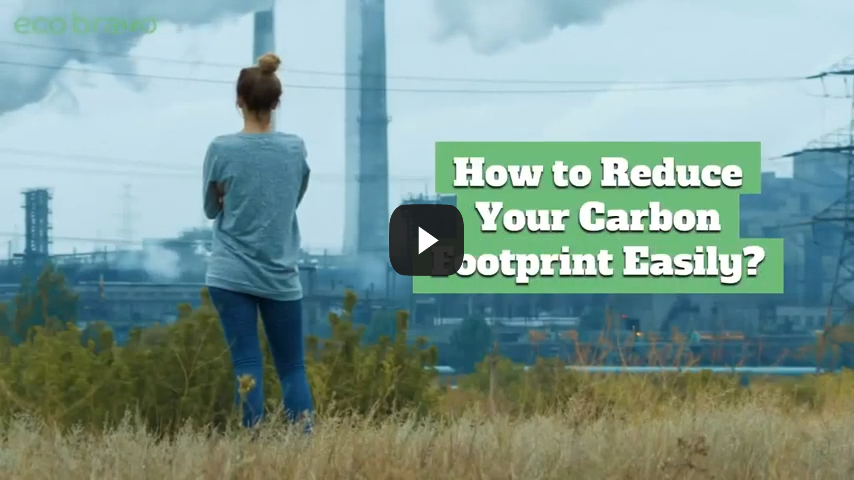Resolutions Humans Can Make for Earth’s Sake

2021 ended with a dire message about climate change: we humans need to step up some more for global warming to simmer down.
According to the United Nations Environment Program (UNEP)’s Emissions Gap Report for 2021, the climate change outlook is not looking too good. The latest report shows that despite the efforts of many governments to mitigate the planet’s rising global temperature, we are “on track for a global temperature rise of 2.7°C by the end of the century.” Considering that 195 nations have pledged to keep this number to 1.5°C under the Paris Agreement of 2015, 2.7°C is nowhere near the goal, and the report warns us that time is running out to prevent catastrophic impacts of our changing climate.
(Read also: COP26: Lessons Learned About Creating A Net Zero Future)
The UNEP says that the next eight years are critical. Globally, we need to decrease the Earth’s annual greenhouse gas emissions by 50%. The organization goes on to say that if the pledges made by participating nations are correctly implemented, we may be able to limit global warming to 2.2°C. Meanwhile, recent research by the U.K.’s Committee on Climate Change has shown that individual efforts could reduce carbon emissions by up to 20%.
While the literal heat is on these governments (as well as corporations) to keep the promises they made to decrease carbon emissions by 2030, experts have pinpointed items of action that everyone can make to support all of these larger efforts. Here are some resolutions we can make to do our part.

1. Repeat: reuse and recycle
Everyone living on this planet has a carbon footprint, the amount of greenhouse gases emitted by everything that we do. In principle, the more one buys and consumes items (e.g., food, clothing, furniture), the larger one’s carbon footprint. The larger one’s carbon footprint, the larger one’s contribution to the rising climate.
There are several carbon footprint calculators available for free on the internet, such as this one to help you gauge what yours might be.
Imagine the size of the carbon footprint left by companies that need to manufacture more and more of these new items to keep up with how much individuals actually consume. It quickly and inevitably becomes a loop that directly contributes to climate change.
The larger the demand for these items, the more companies will manufacture these, the more individuals consume them, the larger the carbon footprint becomes, the more everyone contributes to climate change.
A real effort needs to be made when it comes to our own consumption of newly manufactured items. It would make sense for everyone to find new uses for items already owned instead of discarding them (and then buying a newer version of the same item.) Cut down on the need for packaging. Some local governments around the world have mandated consumers bring their own shopping bags.
The modern adage “reuse and recycle” bears repeating. Another creative way to take this resolution a step further is to let businesses know if they are using too much packaging in the manufacture of their items. Let them know that while we do our part, they should also do theirs.
2. Be mindful of your own energy consumption.
Being mindful of how we consume electrical power around our own homes is simple, actionable, and a matter of cultivating better habits. If you must buy new appliances and devices, opt for energy-saving counterparts. If your home hasn’t made the switch to using LED lighting fixtures, it’s high time to do so.
Experts say that adding small changes to our own behavior inside our homes will definitely help cut down on our carbon footprints.
3. Get involved and be an advocate!
Reach out to those in power and hold them accountable. Write to your local government representatives and urge political leaders to take a firmer stand against global warming. A little research on where you may send emails to those in political power can do a lot. Experts recommend volunteering or joining local groups in your area that campaign and advocate climate change issues to amplify the message that those we elect need to take climate change more seriously.
4. Ride bicycles instead of cars.
According to the United States Department of Energy, vehicles contribute between 6 to 9 tons of greenhouse gases every year. Accounting for 29% of the country’s greenhouse gas (GHG) emissions, the United States Environmental Protection Agency (EPA) has listed cars as the largest contributor of GHG emissions in the United States.
When one puts that in perspective, the case for switching to bicycles remains solid.
Not only is riding a bicycle great for the environment, cycling has countless health benefits also. It’s a big win for one’s body, and an even bigger one for the environment.
5. In the new normal, skip the airplane ride.
According to ourworldindata.com, aircrafts accounted for about 1.9% of GHG emissions in 2016, and for 2.5% of global carbon emissions in 2018.
The last two years have demonstrated the power of conducting meetings online. The new normal has forced most people to rethink travel as a means of getting things done. With many companies and offices adopting a remote work setup for their employees, video conference calls have become normalized, dramatically decreasing the need for face-to-face meetings.
Conducting meetings over video calls instead of flying out for a few hours for a meeting is a good, concrete example of committing to what we can do to lessen carbon emissions. Travel restrictions may have relaxed in 2022, but it may be smarter to select digital alternatives over how we used to carry out tasks before the global pandemic.
As one of the Top 21 EMS companies in the world, IMI has over 40 years of experience in providing electronics manufacturing and technology solutions.
We are ready to support your business on a global scale.
Our proven technical expertise, worldwide reach, and vast experience in high-growth and emerging markets make us the ideal global manufacturing solutions partner.
Let's work together to build our future today.
Other Blog




